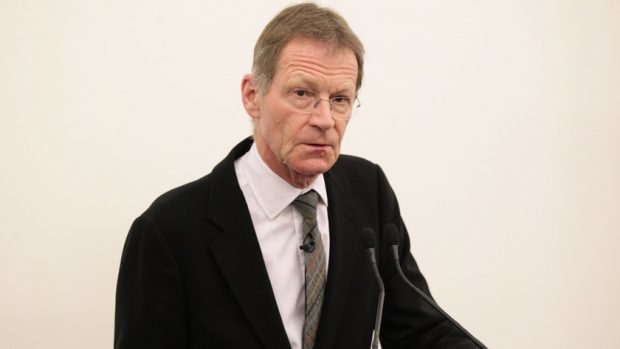The arts must do more to embrace diversity, former Tate chief Sir Nicholas Serota has said.
Sir Nicholas, now chair of Arts Council England, said that the issue was “crucial” to the way in which society and the arts connect.
In a report on the issue, he writes: “Arts and culture have a part to play in ensuring that opportunity does not become confined to an ever smaller and self-selecting demographic.”
And he adds: “It is not only a matter of choosing to do the right thing, but of understanding diversity as a source of cultural inspiration”.
Arts Council England’s diversity report shows “significant” under-representation of people from black and ethnic minority backgrounds, disabled people and – in some roles – women, in the organisations it funds.
Of the 663 arts organisations in its national portfolio, only 8% of chief executives, 10% of artistic directors and 10% of chairs come from black and ethnic minority backgrounds.
At the highest level, women are also under-representing, making up just 35% of artistic directors and chairs, despite being 46% of the total workforce.
In a speech, Sir Nicholas will also call on the arts to do more to help young people and challenge socio-economic barriers, saying: “Our young, diverse population is a national asset- a multitude of perspectives, ideas, talent and creativity.
“But we have a problem. We are as a society depriving this young population of opportunity.”
Sir Nicholas, who said his own organisation also had to improve, says: “I want the arts to be an inclusive world; a building open to all. Not an exclusive club.”
And he says the arts have to respond to the “demands and opportunities of a new political, social, economic and technological era”.
